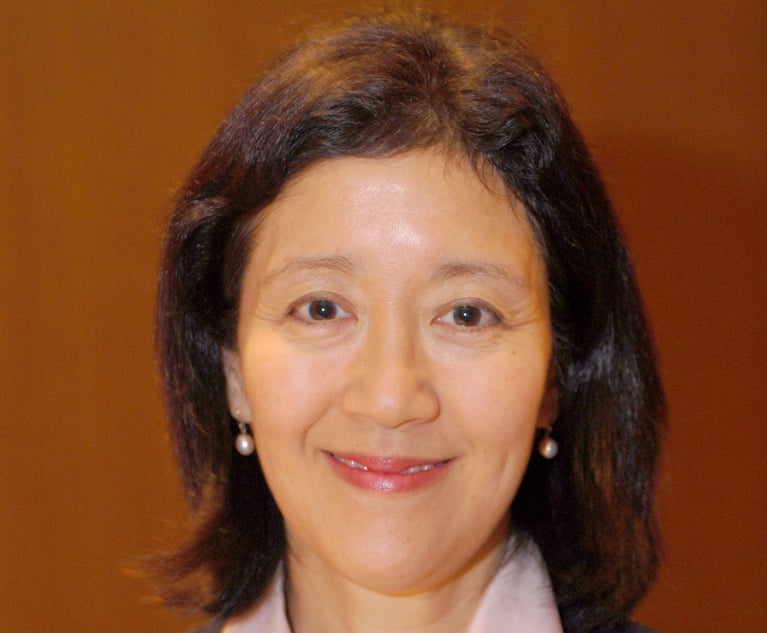 Since the Hatch-Waxman Act has been in effect, there has been an increase in the number of challenges to patents covering chemical compounds. Many of these compounds are merely minor changes to existing known chemical structures or compounds that were discovered by teams using brute force. There is very little, if any, “inventiveness” to these structures. However, in our review of cases there appears only to have been one case that found claims directed to compounds to be obvious. With the advent of inter partes reviews (IPR), the expectation was that there would be an uptick in compound claims being found obvious due to the expertise of the Patent Trial and Appeal Board (PTAB). That has not been the case. Instead, as outlined below, the exact opposite has happened. The courts’ and PTAB’s application of KSR remains too rigid and fails the basic tenets of that decision with too much deference to Big Pharma. This needs to change.
Since the Hatch-Waxman Act has been in effect, there has been an increase in the number of challenges to patents covering chemical compounds. Many of these compounds are merely minor changes to existing known chemical structures or compounds that were discovered by teams using brute force. There is very little, if any, “inventiveness” to these structures. However, in our review of cases there appears only to have been one case that found claims directed to compounds to be obvious. With the advent of inter partes reviews (IPR), the expectation was that there would be an uptick in compound claims being found obvious due to the expertise of the Patent Trial and Appeal Board (PTAB). That has not been the case. Instead, as outlined below, the exact opposite has happened. The courts’ and PTAB’s application of KSR remains too rigid and fails the basic tenets of that decision with too much deference to Big Pharma. This needs to change.
The American Invents Act (AIA) of 2011 created IPR proceedings allowing patentability challenges to already established patents. With over eight thousand IPR petitions filed between 2012 and 2018 per the June 2018 U.S. Patent and Trademark Office (USPTO) Trial Statistics IPR, PGR, CBM, PTAB report, the IPR procedure quickly garnered the name “patent death squad.” possibly undeservingly so, since the PTAB denied 63 percent of the 955 IPR challenges issued in 2017. Id. Eighty-three percent of IPR challenges involve electrical, computer, and mechanical and only 10 percent of the challenges related to bio-pharma. Interestingly, bio-pharma IPR challenges dropped from 16 percent to 10 percent when comparing 2018 and 2017 USPTO Trial Statistics reports.






